Scars are commonly formed after skin injuries, and they come in a variety of ways, such as burns, scalds, car accident trauma, surgical sutures, and so on. If you accidentally get hurt, many people think about whether the wound will leave a scar when it is healed, especially when the wound is on the face, the back of the hand, the calf, and other obvious parts. Medically, it is believed that scars are a natural product of the wound's self-healing process, and it is the entire process that accompanies the wound healing. But in today's increasingly demanding beauty industry, scars are unbearable.
In the past ten years, with the emergence and continuous upgrading of phototherapy-based medical aesthetics, many types of wounds and scars have achieved significant and satisfactory results after several repair treatments with red light therapy.
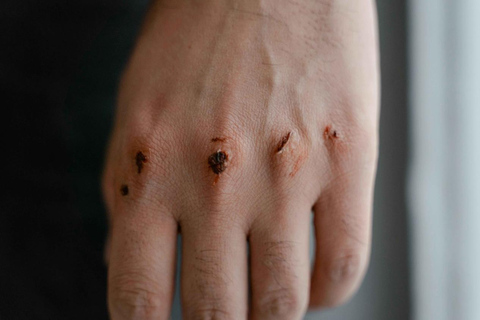
Red Light Therapy or Photobiomodulation
Red light therapy, also known as low-level laser therapy (LLLT) or photobiomodulation, is made up of wavelengths of light typically emitted, ranging from 630 to 850 nanometers (red or near-infrared). These wavelengths are demonstrated to penetrate into the skin, reach the bottom of the skin cells and tissues underneath, and act as a catalyst to promote healing and repair.
Red light therapy benefits in wound healing were first proposed by NASA, and now it has been widely used in the medical and aesthetic fields to reduce scarring.
The Healing Advantages of Red Light Therapy
Red Light Therapy has the following applications in healing wounds, injuries, scars, and burns.
- Heal Open wounds faster
The red light emitted by the red light medical device promotes the proliferation of fibroblasts and endothelial cells, increases cell metabolism, and promotes cell synthesis, thereby accelerating burns and injury wound healing. It also acts as a disinfectant by avoiding infections and inflammation in open wounds.
- Reduces Surgical and Burn Scars
According to research studies, red light therapy has been shown to stimulate fibroblasts, the cells responsible for collagen and elastin production. Collagen is an important protein in the skin responsible for its strength and elasticity. By enhancing collagen synthesis, red light therapy can help the wound site to form organized and healthy collagen fibers that may promote scar formation.
- Prevent Pain and Itching
The red light emitted by the red light therapy device can improve the binding capacity of blood Hb and O2 so that the oxygen-carrying capacity of the blood can be significantly increased to prevent acute or chronic inflammations. In addition, due to burns in the early and middle stages of inflammation, the serotonin content of local tissues increases, which can cause pain in the body, and after irradiation with red light, the serotonin content decreases by playing an analgesic role.
Red Light Therapy Application on Scars
Red light therapy plays an important role in both the prevention and the treatment of scars. Especially before the scar is stabilized, if the RLT is intervened as soon as possible, it can effectively prevent scar formation. RLT treatment varies depending on the scar type and stage.
- Newly formed scars
If it is a newly formed scar, it must be treated in time because the earlier the scar is treated, the faster the recovery. We can choose red light therapy to promote the regeneration and remodeling of scar tissue at this stage so that the scar can recover in a better direction.
- Old Scars
Most of these scars have turned into large gray-white scars over time. Although these scars are no longer painful, the skin surface becomes uneven, and the color changes from normal skin. Red light therapy can improve color aberration and pigmentation. Scars often have a bumpy appearance, and with red light therapy, the scar can gradually flatten. Most burn scars have poor elasticity, are stiff and thickened, and have a weak texture. RLT treatment can gradually restore the elasticity of the scar by making it softer and more flexible and provide enhanced cosmetic results.
- Hypertrophic scars and keloids
This type of scar can be treated with red light therapy in combination with drugs to inhibit its growth and achieve better results. In general, scars with significant functional impairment require surgical treatment. After the functional impairment has been resolved, red light therapy can be used to improve the appearance further.
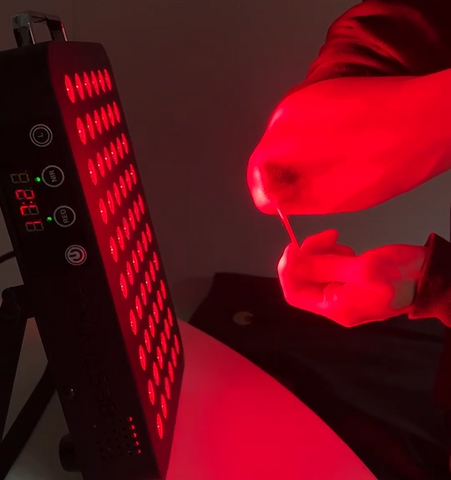
Integrating RLT into recovery plans
- If there are loose wounds on the body that have not healed, treatment should be started. In this case, RLT will promote skin regeneration, which in turn shortens the wound healing time.For wounds that have healed, RLT should also be started as soon as possible to make the skin recover better. Because it can cause limited damage that can be controlled by the scar, then remove the scar tissue, inhibit the blood vessels in the scar tissue, induce fibroblast apoptosis, and promote the regeneration and reconstruction of collagen fibers.
- According to the type of scar formation and injury combined with the individual cosmetic needs, different wavelengths of red light therapy are applied to achieve the ideal repair effect. Generally, RLT in the ranges of 660-850 nmoffers a strong repair effect for wounds and scars. With the help of red light therapy, medium and deep burn scars can be repaired non-invasively at home or under the guidance of a professional.
Precautions for Applying Red Light Therapy on Wounds and Scars
Although red light therapy is safe and non-invasive, it is not advised to use in certain conditions.
- RLT is not suitable for patients receiving radiotherapy, corticosteroid therapy, or oral drugs (photosensitizing drugs).
- Some webbed joint scars that cause dysfunction in the limbs should not be treated with RLT.
- RLT at home is not suitable for infected lesions on the skin or skin ulceration at the scarring site.
- Don't leave the drug treatment while using RLT for wound healing. To achieve a combined effect, it is important to follow professional advice.
- After therapy, it is important to pay attention to prevent scars from the sun for better recovery.
Conclusion
At present, red light therapy is one of the inseparable methods for the treatment of wounds and scars, and it is gradually becoming more common. Red light therapy has a relatively low cost for managing wounds and scars. The most important point of using red light therapy is that no matter what kind of scar, the sooner the treatment starts, the faster the recovery will be.








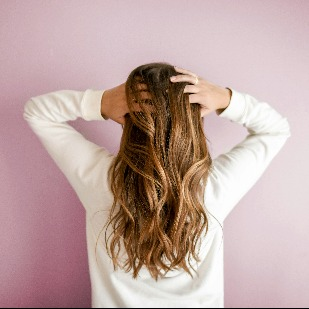


 Small
Small

 Moderate
Moderate
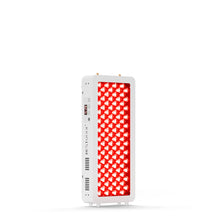
 Moderate
Moderate
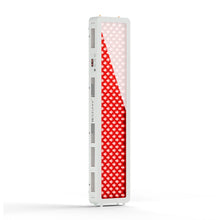
 Moderate
Moderate

 Full
Full



